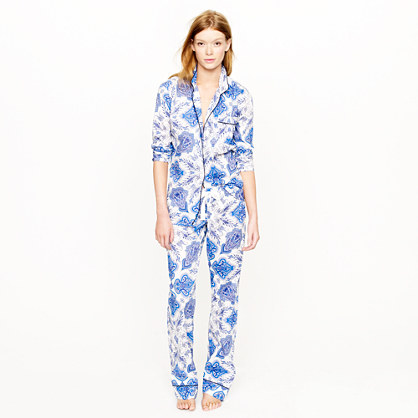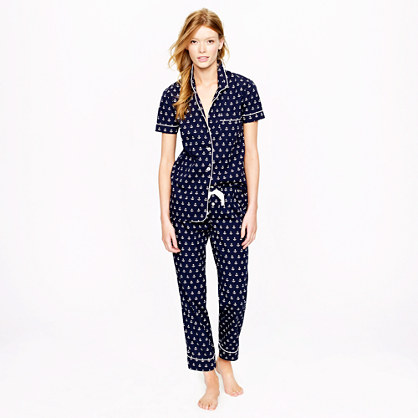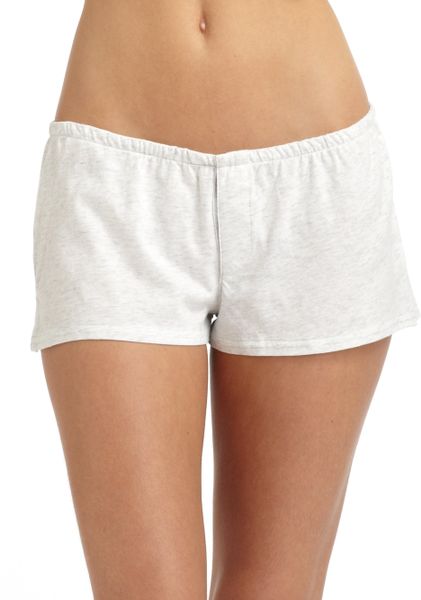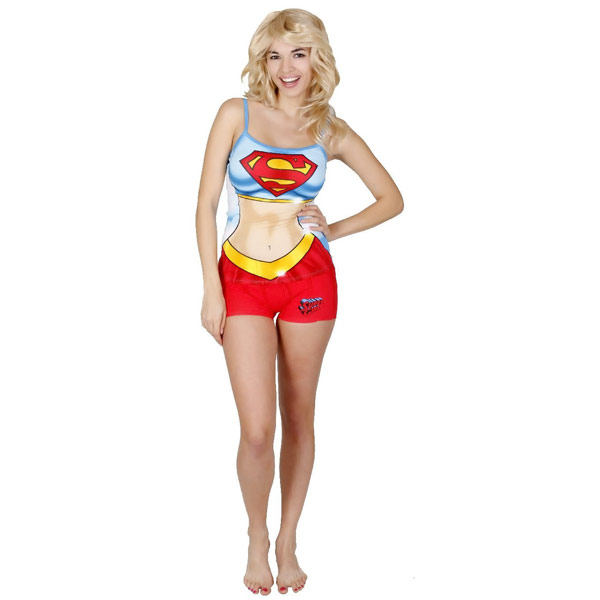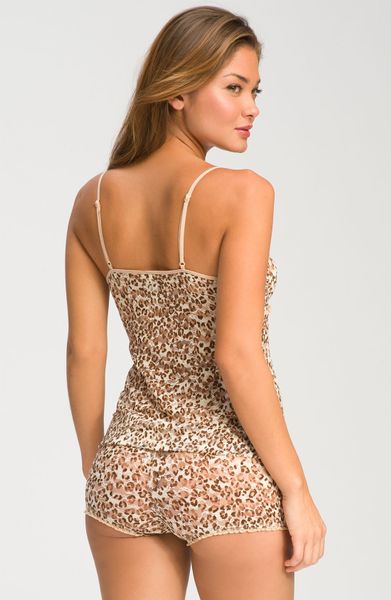Silk Pajamas For Men Biography
source (google.com.pk)Pajamas were loungewear and sleepwear that consisted of pants and jacket tops. The word derived from two Hindi terms: "pa(y)," for leg, and "jamah," for garment. It entered the English language around 1880 as "pyjamas," after the British colonized India, where Hindi was spoken. Americans adopted the term from the British as "pajamas."
Pajamas for men, women, and children became popular in the United States during the 1920s. For men, they replaced nightshirts, which were one-piece long-sleeved shirts that flowed down to or below the knees. Men's pajamas were loose fitting. The trousers had drawstrings around the waist, or were fastened by a few buttons in the front. The tops were collarless or with a relaxed collar that could remain undone or be buttoned closed. Tops had a line of buttons down the front or were held closed by overlapping the front panels across the chest and tying a sash around the waist. Men's pajamas were made of cotton, silk, or rayon, which then was called artificial silk. Men who wanted warmth against winter nights chose heavyweight cotton flannel pajamas. Although conservative dressers wore solid, drab-colored sleep outfits, many others chose pajamas in stripes and lively prints. The Smithsonian Institution in Washington, D.C., holds a rather colorful pair of pajamas worn by American president Warren G. Harding (1865–1923) in the early 1920s. They are turquoise silk with white leaves that are appliquéd, or attached, onto the garment.
Women envied the comfort of men's pajamas and, in the liberated atmosphere that followed World War I (1914–18), adopted the attire to their own lifestyles. Women wore pajamas for sleeping and also for lounging about the home and the beach. Most women's pajamas were made of flowing fabrics such as silk, satin, chiffon, or rayon. They featured loose, ankle-length pants that hung straight at the bottom or were drawn tight around the ankle by a ribbon or lacing. The waistlines of the pants had drawstrings. Tops were hip-length jackets with varying sleeve lengths. A home sewing pattern sold by the Butterick Publishing Company of Massachusetts offered the seamstress a choice of necklines: rounded, squared, or with a rounded collar. Women's pajamas sometimes were quite stylized, even whimsical. For instance, on occasion they were designed in silk in an Oriental fashion that featured loose, wide sleeves like kimonos, the loose robes worn by Japanese men and women. They were printed colorfully with renderings of Japanese and Chinese objects, such as paper lanterns, geisha (female entertainer) houses, and chopsticks. Children wore pajamas primarily for sleeping. The styles were similar to adult garments.
What People Wore Back In 1930
Less and less people were sewing in the 1930s. This was the beginning of the ready-to-wear fashion age. However, times were hard and things were scarce during this decade as well.
Since the 1930s was the decade of recovering from the 1929 Great Depression and stock market crash, companies started researching and implementing cheaper means of clothing manufacturing. New materials that were cheaper to process had been created during this decade to replace more expensive materials.
For example, rayon for women’s hose had been replaced by nylon during this decade. Likewise, many of the dresses that used to be made out of silk were made out of different grades of rayon. The zipper became more widely used and replaced buttons during this decade as well (see towards end of article).
Women’s Fashion In The 1930s
Clothing styles were less extravagant for the most part during the 1930s. However, you could still tell between the “haves” and “have nots” of this time. Some of the more affluent type of dress was presented by models in issues of the women’s magazine Good Housekeeping.
You can see some of the businesslike influence in these simple outfits if you go back to the April 1930 issue. Models in some of the photos displayed simple-yet feminine outfits of two-piece V-neck cardigan, simple blouse, and button-down wrap skirts.
Other photos presented in this issue of Good Housekeeping showed off long free-flowing dresses with moderately low V-necklines. These dresses are known often as the “1930s Trousseau”.
These particular outfits are what many people would perhaps associate in times past with tea time or luncheon in high society. These particular elegant yet simple lines of clothing or in the ever-growing middle class social circle.
The shapes of these dresses were designed to show off a woman’s most feminine features-tight or snug at the waist and then bowing slightly out. Most of these dresses are either slightly gathered and/or pleated. The pattern for many of the early 1930s dresses that were made is known as the “cross cut bias” style.
Some of them are one-piece while others are accented with a short elegant jacket. Today (the year 2007) many people would consider wearing these styles of dresses to a formal or semi-formal dinner.
All though women did cut back on the number and style of clothes, Ladies Hats were still an integral part of any Ladies wardrobe
Ladies Newport Matinee hat $1.59 The sleeves of most of the 1930s dresses and outfits referenced in this article are of ¾ length or shorter. The Hem line of most of the outfits during this time was cut between the knees and the shin. Colors of fashionable ladie’s wear in the 1930s were of different colors such as red, navy, white, and black.
One of the most famous fashion influences of the 1930s was Coco Chanel. Another one of this time was Madeleine Vionnet, who was a French Designer.
In fact, Vionnet was the one who is most known for the “cross cut bias” pattern for dresses, which is a style associated with actress or dancers such as Ginger Rogers. This particular type of dress is very long, and is usually all the way down to the lower back.
In a 1932 drawing of the back view of a lady wearing a bias cut dress, a bow accents the backside just below the V-shaped back opening. This particular look is one of the elegant and wealthy, and is likely to cost more than the simpler fashions described earlier in this article.
Men’s Fashion In The 1930s
Edward the III was a major figure during these times for unusual male fashion. He is seen in short, baggy knee pants known as “Plus Fours” along with a round-necked schoolboy sweater.
Underneath he was wearing a white butterfly-collared shirt with a black tie. On his head he was wearing a “grandpa" style hat.
Both men and boys wore full three-pieced suits during this time when attending formal occasions such as weddings. Similar to in present day, these were made with broader shoulders and a more masculine-looking pattern than in earlier years.
The alternative was usually something along the line of a sweater vest and knickers or trousers. These were also popular in the 1920s as well.
Hats, Accessories, And Beachwear
Swimwear for the ladies during this decade was fairly modest, but perhaps a little more revealing in contrast to other times in history. A basic swimsuit made during these times look much like the one-piece short tank outfits that are popular today.
A similar style of swimsuit during this time is the one that is made with an overskirt to help hide a bulging stomach and larger sized thighs. Some of the suits made in this era were two-pieced as well, and often accented with a wide beach hat or a bow around the waist.
Backs on women’s swimsuits were low during this decade. Suits were made from colors such as ivory, white, cream, grey, black, and buff. Sometimes they were accented with touches of red.
Hats during this time for women were either wide-brimmed, crowned, or of a sailor style. Smaller pert hats were also created during this period of time
Also, between 1935 and 1939 the use of what is called a crochet “snood” and scarves were used. Most women used them to hold the back of the hair up.
The hats that men wore during this decade include this decade include a variety of different berets and top hats. One of the most famous male hat styles of these years is the “fedora” which is a hat made of a soft material (i.e. felt), dented lengthwise, and has a tapered rim. In later years (1940s) Humphrey Bogart wore a fedora in Casablanc
Silk Pajamas For Men Pajamas for Women for Men Party Tumblr for Kids Clipart For Girls all Day Cartoon Pics Photo Pictures
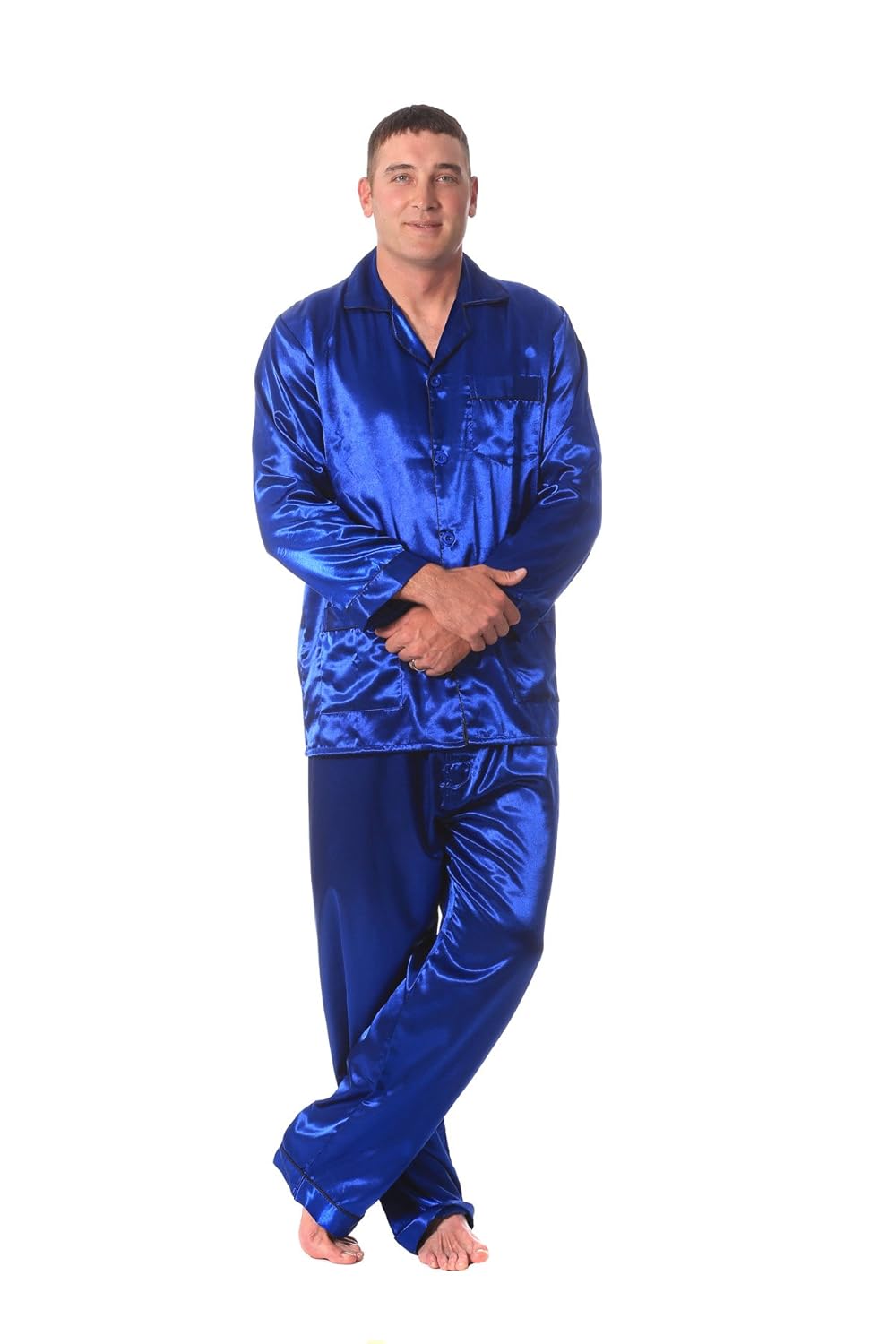
Silk Pajamas For Men Pajamas for Women for Men Party Tumblr for Kids Clipart For Girls all Day Cartoon Pics Photo Pictures
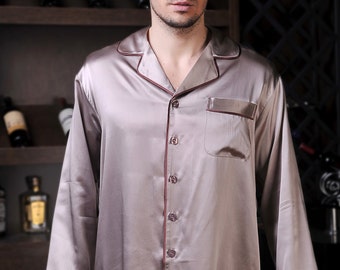
Silk Pajamas For Men Pajamas for Women for Men Party Tumblr for Kids Clipart For Girls all Day Cartoon Pics Photo Pictures

Silk Pajamas For Men Pajamas for Women for Men Party Tumblr for Kids Clipart For Girls all Day Cartoon Pics Photo Pictures
_9993_1.jpg)
Silk Pajamas For Men Pajamas for Women for Men Party Tumblr for Kids Clipart For Girls all Day Cartoon Pics Photo Pictures

Silk Pajamas For Men Pajamas for Women for Men Party Tumblr for Kids Clipart For Girls all Day Cartoon Pics Photo Pictures

Silk Pajamas For Men Pajamas for Women for Men Party Tumblr for Kids Clipart For Girls all Day Cartoon Pics Photo Pictures

Silk Pajamas For Men Pajamas for Women for Men Party Tumblr for Kids Clipart For Girls all Day Cartoon Pics Photo Pictures
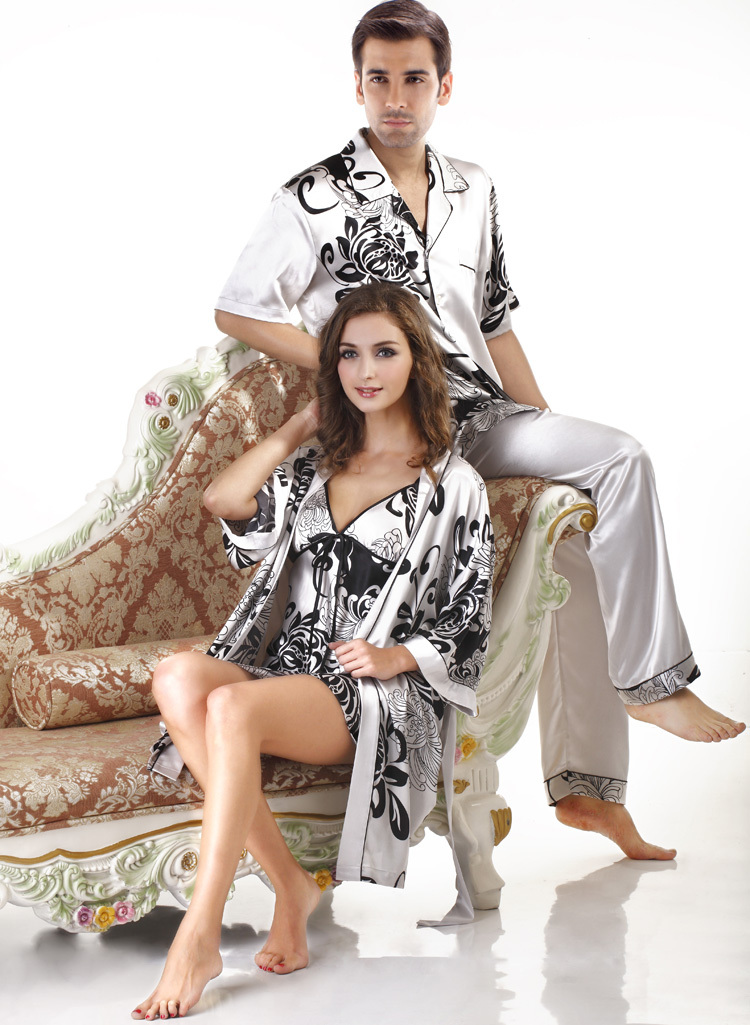
Silk Pajamas For Men Pajamas for Women for Men Party Tumblr for Kids Clipart For Girls all Day Cartoon Pics Photo Pictures

Silk Pajamas For Men Pajamas for Women for Men Party Tumblr for Kids Clipart For Girls all Day Cartoon Pics Photo Pictures
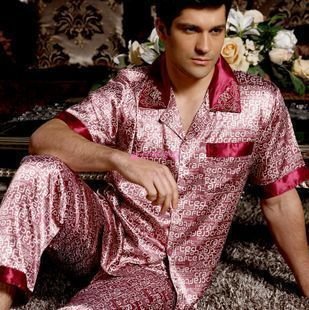
Silk Pajamas For Men Pajamas for Women for Men Party Tumblr for Kids Clipart For Girls all Day Cartoon Pics Photo Pictures



